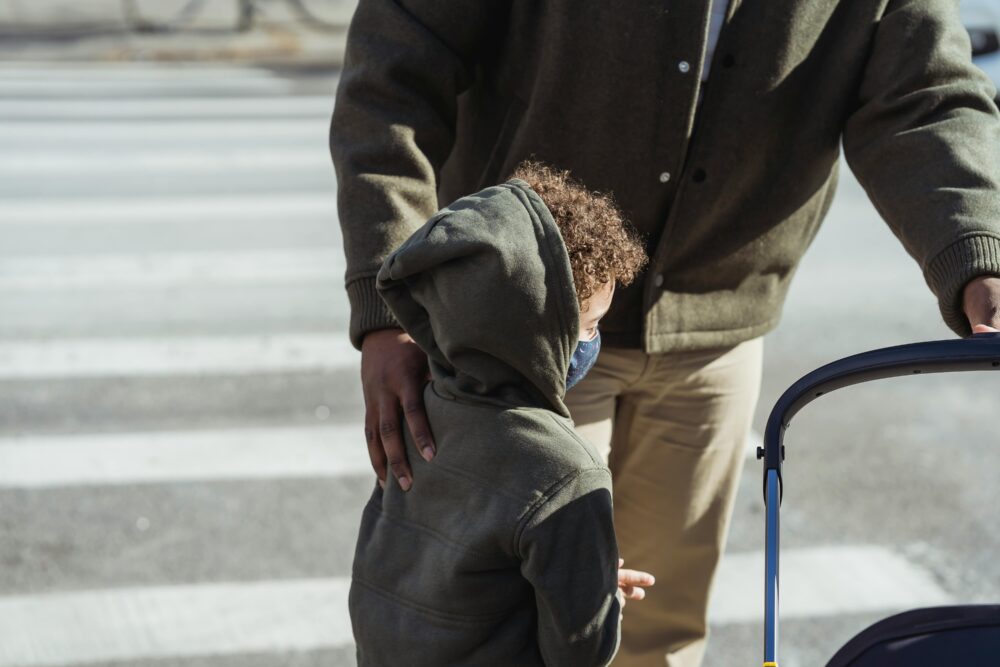At present, there are not enough staff working in shelters who have the skills and knowledge necessary to help families navigate the school system, address barriers to attendance, and resolve educational problems: just 117 shelter-based DOE Family Assistants are tasked with supporting the roughly 30,000 students who spend time in shelter each year. The number of Family Assistants has not grown over the past decade even though thousands more students are now spending time in the shelter system than in years past. As there are more than twice as many shelters as there are Family Assistants, these staff must divide their time among multiple shelter sites and are stretched very thin. The Family Assistant position is also very low paid ($28,000 for 10 months), making it difficult to recruit and retain qualified staff for the role.
Fortunately, New York City is poised to receive tens of millions of dollars in federal COVID-19 relief funding specifically to address the needs of students experiencing homelessness—and the City has not yet decided how to allocate these funds. AFC, in partnership with 25 organizations, is recommending that the DOE use this funding to hire 150 new community coordinators to work on the ground in the City’s shelters and help students get to school every day.
These coordinators would proactively assist families with getting school placements, bus service, and special education services in place as quickly as possible upon entering shelter and for the start of each school year; ensure that students are attending school regularly and help address barriers when students are not getting to school; and connect students to after-school programs, tutoring, counseling, and other supports.
“New York City has long struggled to meet the needs of students living in shelter, and the pandemic has only exacerbated the many challenges these young people face,” said Pringle. “The good news is that the City now has funding to hire a new team of professionals who can help students succeed in school and break the cycle of homelessness.”

